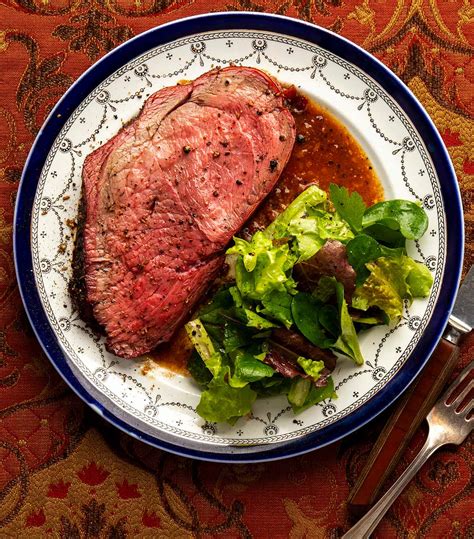Elk Roast: A Feast for the Senses
An elk roast is a culinary adventure, a celebration of rich, gamey flavor that transcends the ordinary. It's a dish demanding respect, requiring careful preparation and cooking techniques to unlock its full potential. This comprehensive guide will take you through every step, from selecting the perfect cut to achieving that succulent, melt-in-your-mouth texture. Whether you're a seasoned hunter or a curious home cook, prepare for a feast for the senses.
What is the Best Cut of Elk for Roasting?
Choosing the right cut is paramount for a successful elk roast. While several cuts lend themselves well to roasting, the tenderloin and loin roast are generally considered the most tender and flavorful options. These cuts are leaner than others, minimizing the risk of dryness. However, if you prefer a more robust flavor and don't mind a slightly tougher texture, consider a shoulder roast or rump roast, ensuring longer, slower cooking times.
How Long Does it Take to Roast an Elk Roast?
The cooking time for an elk roast heavily depends on the size and cut of meat, as well as your desired level of doneness. As a general guideline, plan for approximately 13-15 minutes per pound at 325°F (160°C) for a tenderloin or loin roast. Larger, tougher cuts like the shoulder will require significantly longer cooking times, potentially 3-4 hours or more, at lower temperatures (around 275°F/135°C). Always use a meat thermometer to ensure the elk reaches a safe internal temperature of 145°F (63°C) for medium-rare.
What is the Best Way to Cook an Elk Roast?
Many methods yield delicious elk roasts, but low and slow roasting is generally preferred, especially for less tender cuts. This technique allows the connective tissues to break down, resulting in incredibly tender meat. Seasoning is crucial; a simple rub of salt, pepper, garlic powder, and onion powder often suffices, but you can experiment with more complex spice blends. Consider searing the roast before roasting to enhance its flavor and develop a beautiful crust. Basting regularly with pan drippings or a flavorful broth keeps the meat moist throughout the cooking process.
How to Make Elk Roast Tender?
Tenderness is key to a memorable elk roast. Beyond choosing a tender cut and slow roasting, consider marinating the elk for several hours or even overnight. Marinades not only add flavor but can also help tenderize the meat. Acidic ingredients like vinegar or citrus juices are particularly effective in this regard. Finally, allow the roast to rest for at least 15-20 minutes after cooking before carving. This allows the juices to redistribute throughout the meat, resulting in a more tender and flavorful final product.
What Temperature Should Elk Roast Be Cooked To?
The ideal internal temperature for elk roast is 145°F (63°C) for medium-rare. This ensures the meat is safe to eat while retaining its juiciness and tenderness. Going beyond this temperature will result in a drier, tougher roast. Use a meat thermometer to monitor the internal temperature accurately; don't rely solely on visual cues.
Can You Slow Cook Elk Roast?
Yes, slow cooking is an excellent method for elk roast, particularly for tougher cuts like the shoulder or chuck. Slow cooking in a crockpot or oven at low temperatures (around 275°F/135°C) allows the connective tissues to break down, resulting in extremely tender and flavorful meat. This method is perfect for creating a fall-apart, fork-tender elk roast.
Serving and Pairing Your Elk Roast
Once cooked to perfection, let the elk roast rest before carving. The rich, gamey flavor pairs beautifully with various accompaniments. Consider serving it with roasted root vegetables, creamy mashed potatoes, wild rice pilaf, or a vibrant salad. For beverages, a robust red wine like Cabernet Sauvignon or Merlot complements the elk's flavor profile exceptionally well.
An elk roast is more than just a meal; it's an experience. By following these guidelines and letting your culinary creativity shine, you'll create a truly memorable feast for the senses. Remember to prioritize safety and always use a meat thermometer to ensure the elk is cooked to a safe internal temperature. Enjoy!

